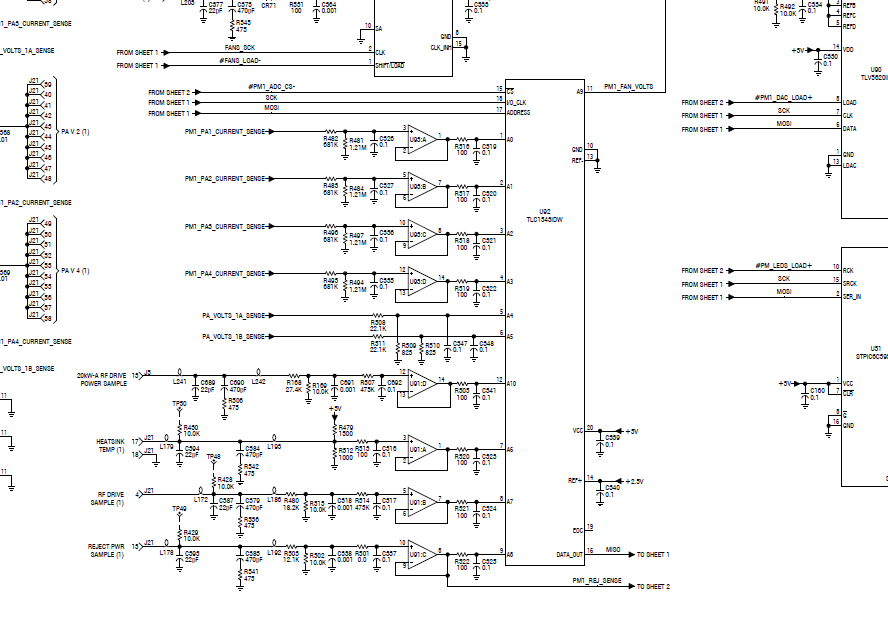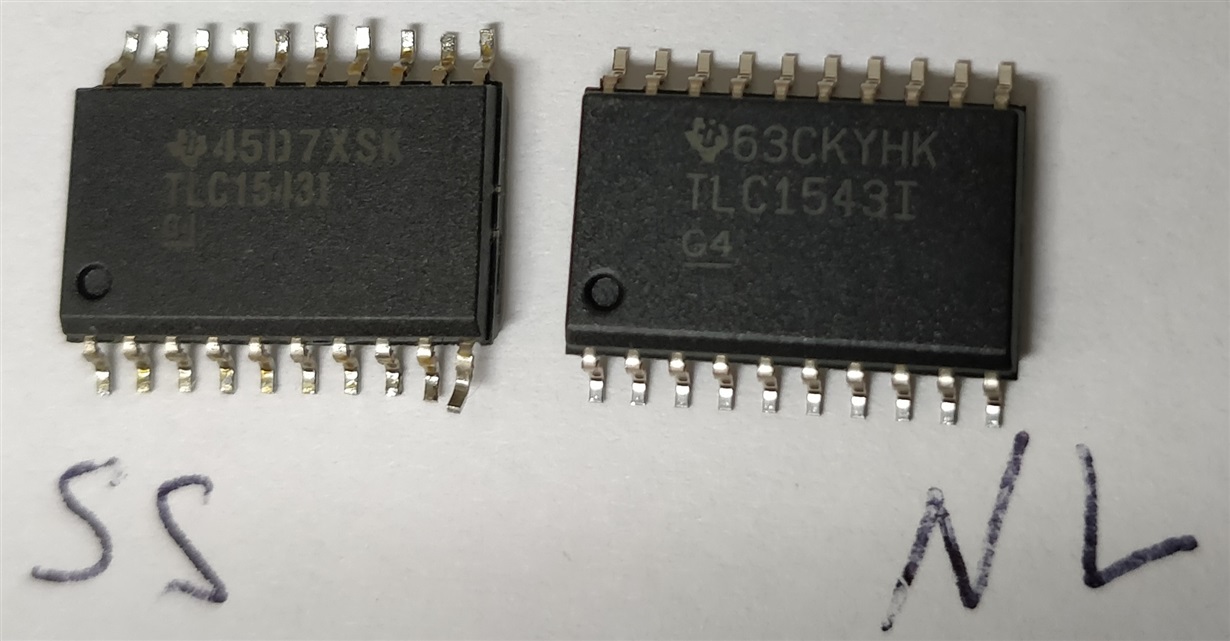Hello,
The subject ADC is part of our PWB’s that that are assembled by our subcontractor. Recently we’ve experienced constant failures during our final tests. The strongest hypothesis is that the failure caused by ESD damage. We are looking for TI failure analysis. Our request for Failure Analysis to the distributor (Rochester Electronics) was denied. The manufacturer's analysis is very crucial and is required to point us in the right direction. Any attempt without out it is a guess. We may introduce improvements, but we can't know if any of them will resolve the issue
Is there a way to send our parts for Failure Analysis, bypassing the distributor?



